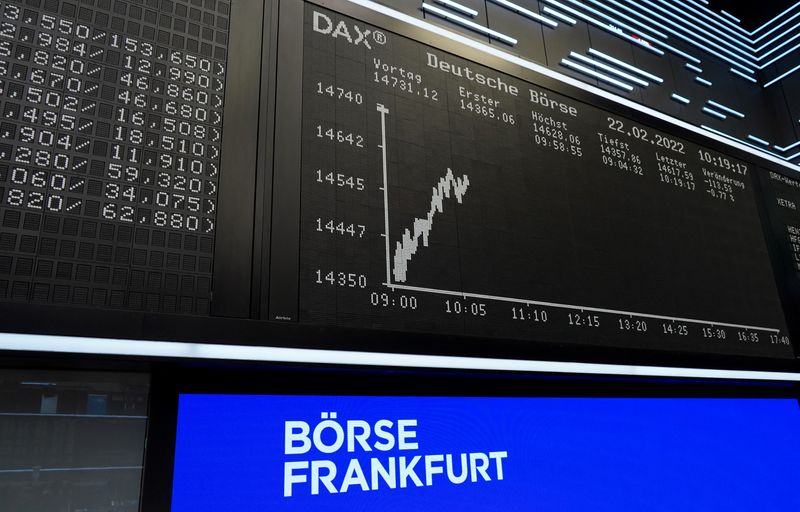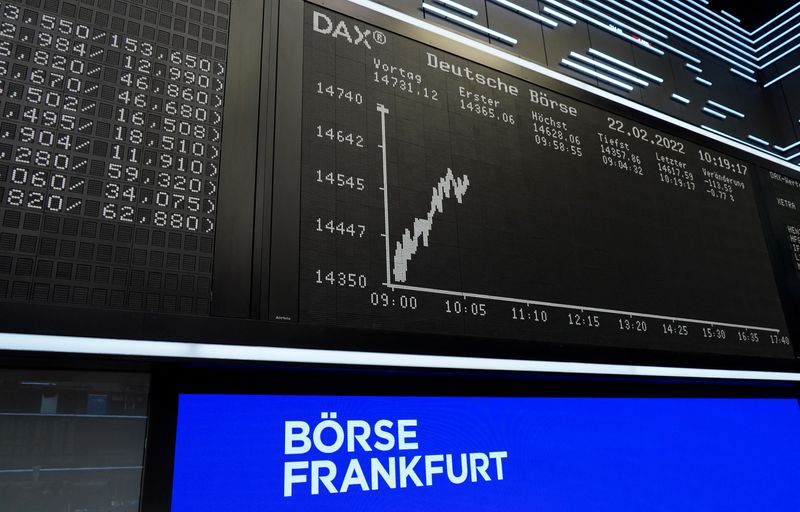
Investing.com — The US dollar’s surge to record highs has had marked implications for European equities.
Since September, the broad USD trade-weighted index has risen by 7%, driving the EUR/USD exchange rate near parity.
This strength in the greenback has led to European equities outperforming global equities by 3% since late December, following a challenging second half of last year.
Software (ETR:SOWGn) has been the best-performing sector since September, outperforming the wider market by 15%, which marks a notable overshoot relative to its USD-implied trajectory.
Pharmaceuticals, which have a 40% exposure to US sales, have underperformed their historical USD sensitivities, likely due to adverse stock-specific news flow.
Capital goods, a sector typically negatively correlated with USD strength, has also defied expectations. According to BofA, this sector “has also been overshooting the trajectory implied by USD strength since September, boosted by the 10%+ outperformance of defense stocks in response to expectations for increased European defense spending.”
A stronger dollar generally leads to negative global macroeconomic surprises, usually manifesting after a delay of about two months. This lag occurs as the tighter financial conditions associated with a stronger USD begin to impact macroeconomic indicators.
“Global macro surprises have recently turned negative again, with the signal from the recent USD strength suggesting a fade further into negative territory over the coming weeks,” the report states.
Despite a negative stance on European equities overall, BofA maintains a tactical Overweight on Europe relative to global equities. The analysts project downside risks for the Stoxx 600, with expectations of a 9% drop to 470 by the second quarter of 2025. However, a mild upside in Euro area PMIs could support relative outperformance.
Defensive sectors like food and beverages, along with pharma, are highlighted as key overweight positions.
BofA notes that both sectors “have underperformed in response to the continued compression in risk premia to multi-decade lows but should benefit once risk premia start to widen again.”
Meanwhile, banks and capital goods are key cyclical underweights at BofA, due to potential pressures from a possible pullback in bond yields amid fading global macro surprises.
Moreover, analysts anticipate lower bond yields to provide approximately 20% outperformance for the real estate sector, alongside a 12% decline for European value stocks compared to growth stocks.
The semiconductor sector remains Overweight, as BofA expects it to rebound further from last year’s underperformance relative to global growth trends. Similarly, luxury goods are also overweight; however, following a 15% gain since November, further price gains are projected to be minimal.

